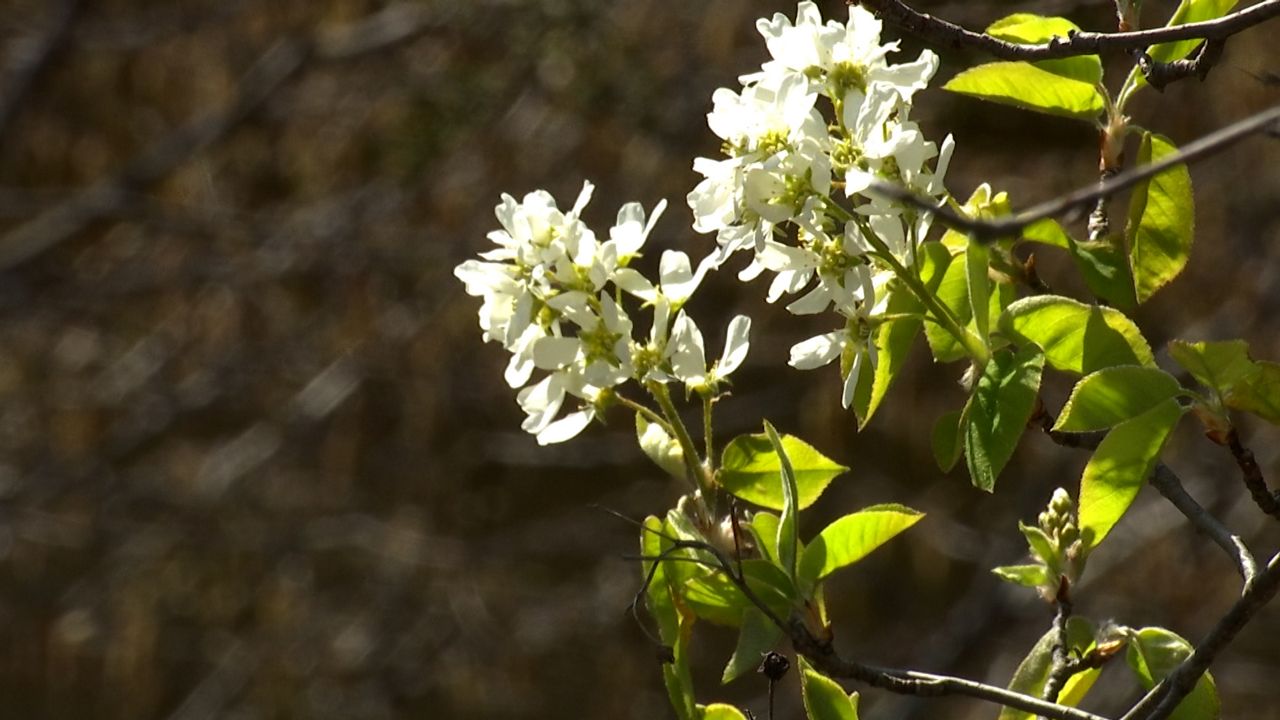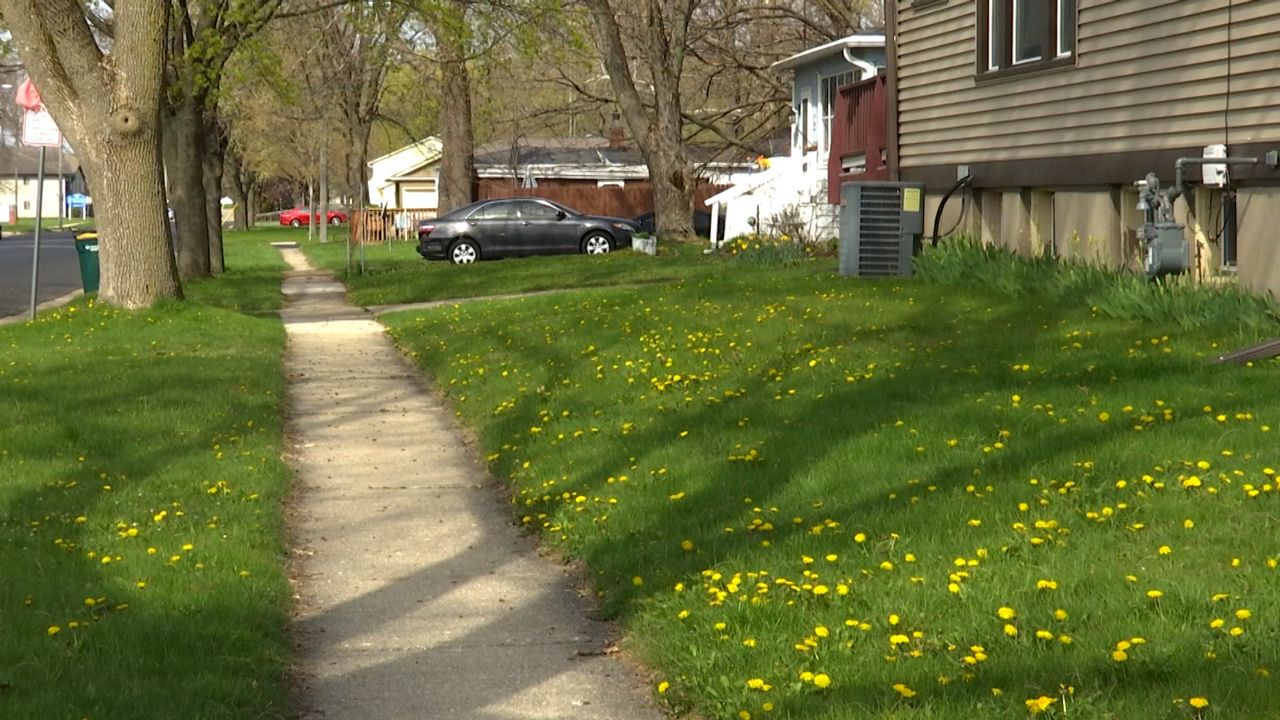MADISON, Wis. — During the spring in Wisconsin, pollinators like bees come out of hibernation to start building hives and nests.
“So this is a crucial time and there has to be flowering plants available,” said Susan Carpenter, a native plant gardener and outreach specialist with the University of Wisconsin Arboretum.
Bees in the state are looking for nectar and pollen wherever they can find it. Some bees are doing so for hives, like bumblebees, but most are solitary — the state is home to about 500 different species of bees.
“Different kinds, so only 20 of those are bumblebees and all the rest are bees that you would be surprised to find, all the little tiny ones, bigger ones, medium sized ones, just a lot of diversity,” Carpenter said.
Bee populations in Wisconsin and globally have been declining, a large factor is habitat loss from urban development and modern farming practices. Carpenter said individuals can create habitat for bees by bringing in native plants that flower at a variety of times throughout the year.
“If we think about the plants that grow there naturally and are adapted to the conditions there and maybe they're not in our yard, but we could bring them to our yard then we will attract the pollinators that would be suitable for those plants,” Carpenter said.

Another initiative is growing in Wisconsin to help pollinator populations: No Mow May.
“It's a citizen science initiative where we are basically asking folks to reduce the mowing intensity of their lawn for the month of may,” said Israel Del Toro, a professor at Lawrence University who started the No Mow May efforts in Wisconsin.
No Mow May started in Wisconsin in Appleton, where they quickly saw results in bee populations.
“What we found is that no mow may resulted in a five-fold increase in the abundance of bees and other pollinators in the city of Appleton when we compared mowed to non-mowed sites,” Del Toro said.
Now several Wisconsin cities and towns have adopted or are considering a variation of No Mow May. By Del Toro's count, Oshkosh, Fox Crossing, De Pere, Ft. Atkinson, Kaukauna, Wausau, Hortonville and Buchanan all are considering or have adopted some form of it.
“I thought this is one little thing I can do for the future,” said Margaret Schroeder, who is part of a group called Heart of the City in Fort Atkinson.

Schroeder and several others in Heart of the City brought the resolution to Fort Atkinson's city council, who approved the measure for back yards in the city.
“I have to say everyone that I talk to, whether it's at the store or when I approach them about No Mow May, they're positive,” Schroeder said.
The group has more than 60 people registered to participate in No Mow May in the city, and more have told them they are planning on doing it without registering.
“I expect that it will become the norm— that in five or 10 years it will just be taken for granted that lawns that left longer, and parts of lawns are never mowed all summer long,” said Barbara Brouwer, another member of Heart of the City.
Del Toro said people can sign up on their website for No Mow May, they can also order yard signs promoting it for free. He'd love to see it grow state-wide, but he's also happy to see more people learning about ways to help pollinators.
“All of these little pockets of people are really having an opportunity to learn more about how to take care of their native pollinators,” Del Toro said.
Carpenter said there are several resources for people online to learn about things they can put in their yards and green spaces to help bees. She recommended the Fish and Wildlife Service, the Xerces Society, and the Bumble Bee Brigade.
“Even a small yard can really be packed with life by bringing native plants in,” Carpenter said.



